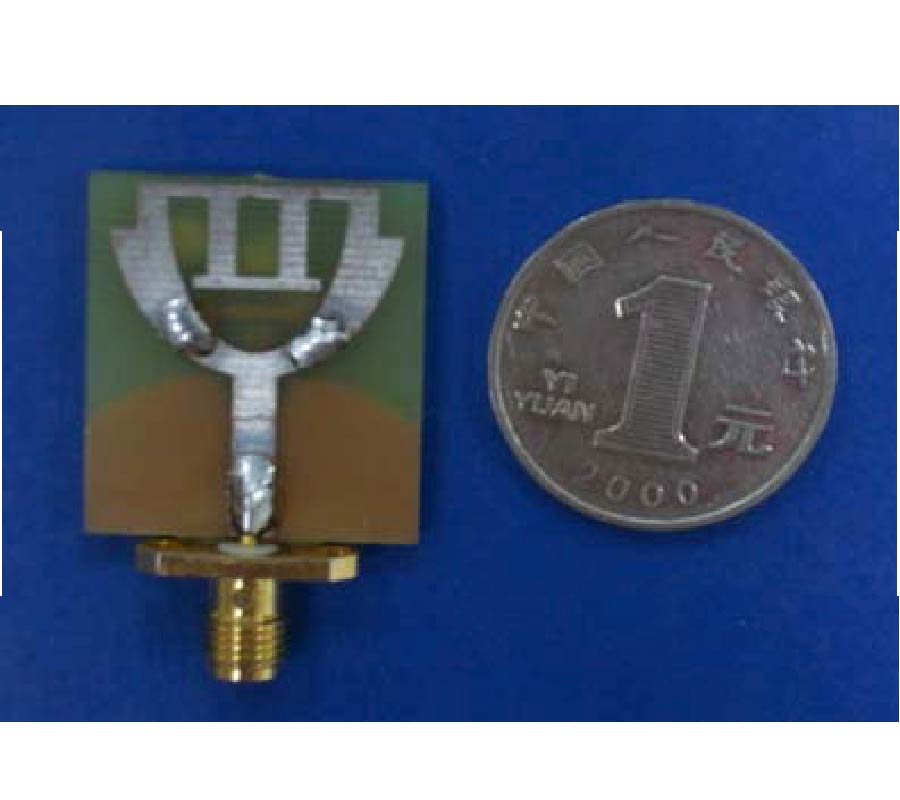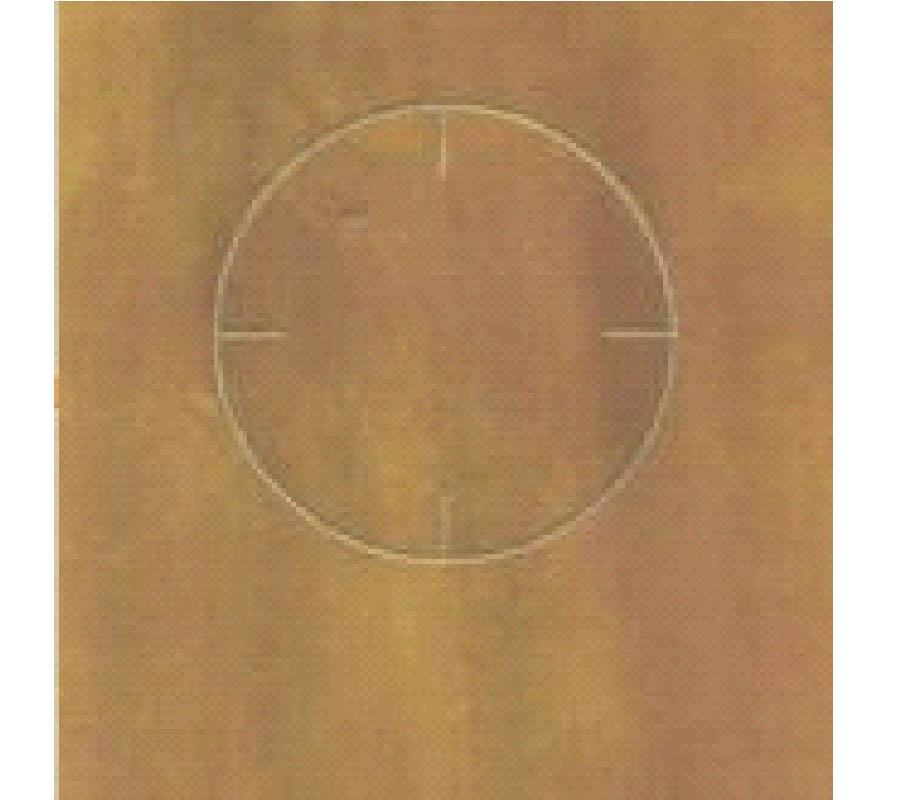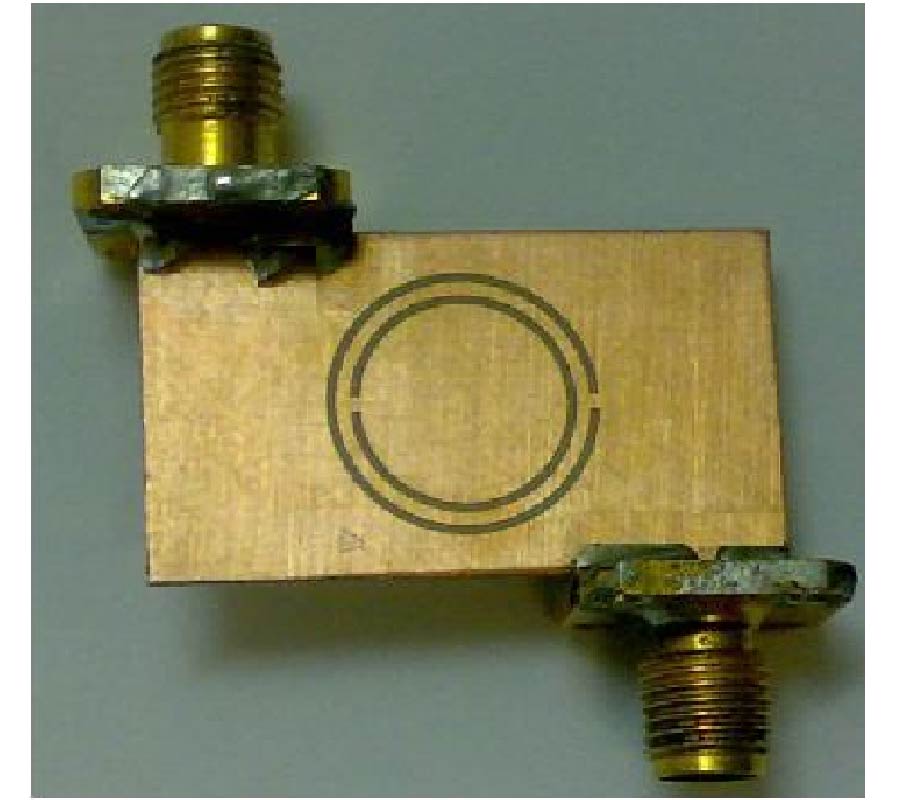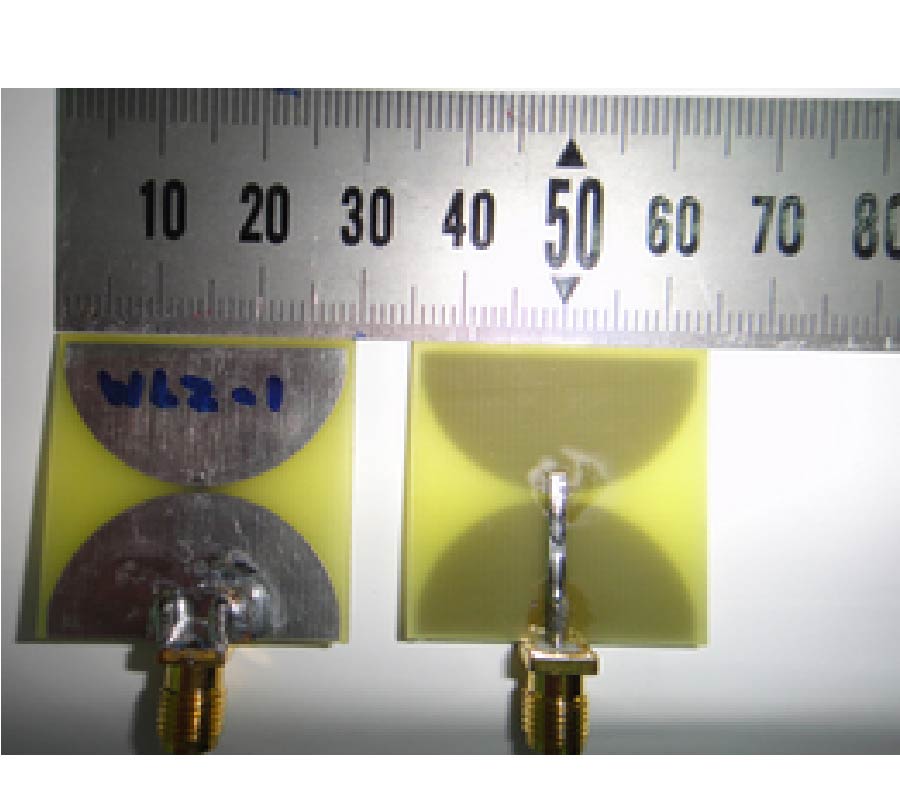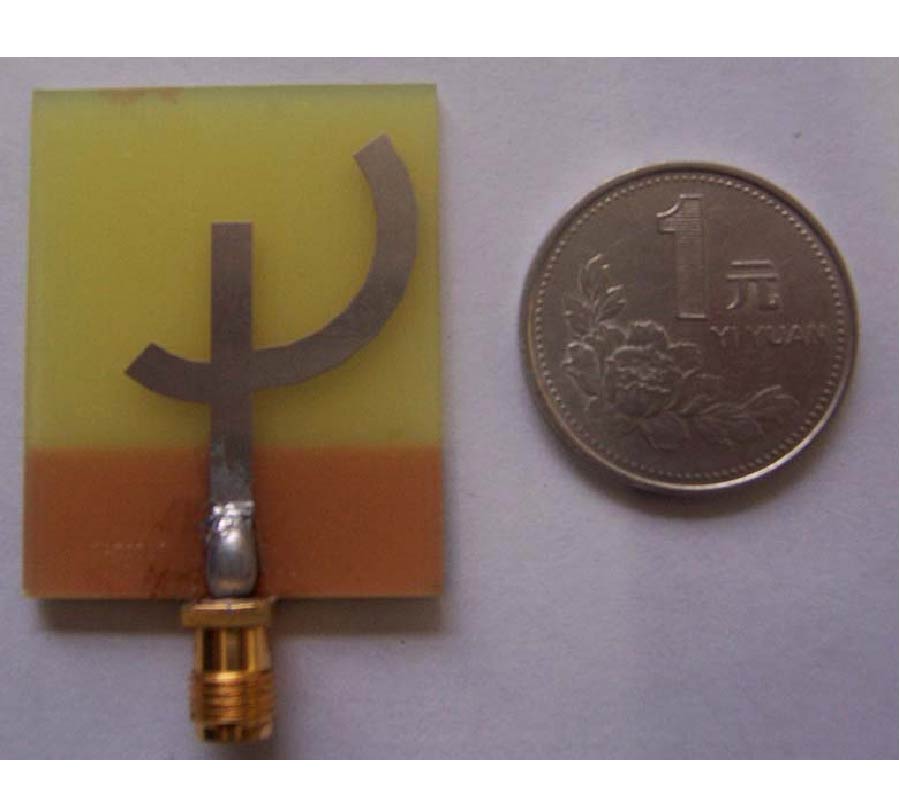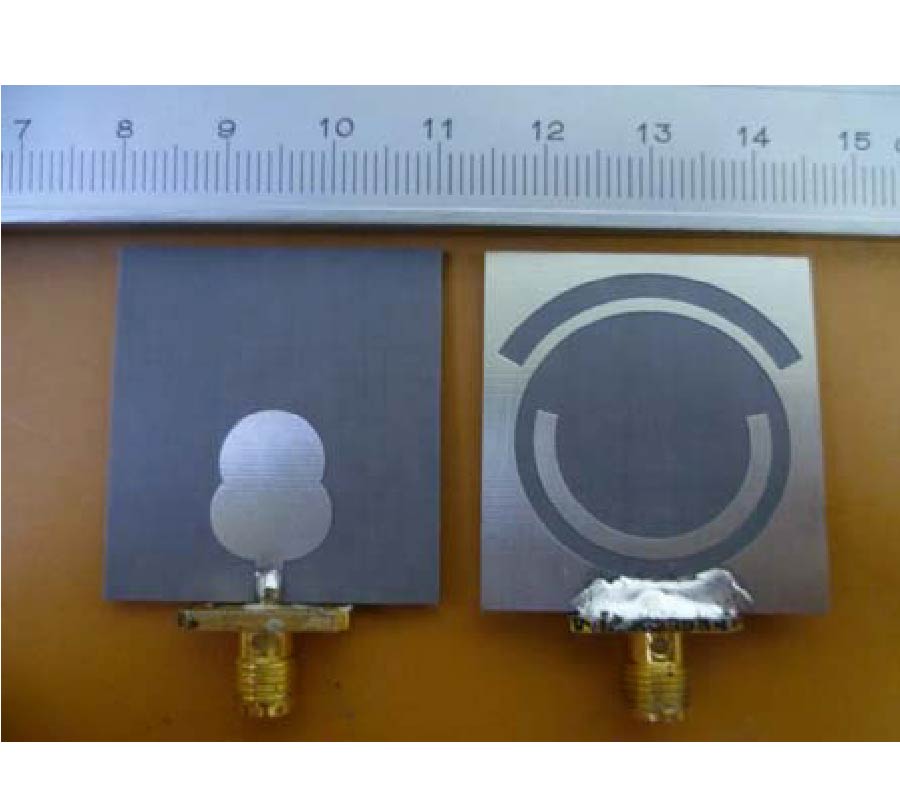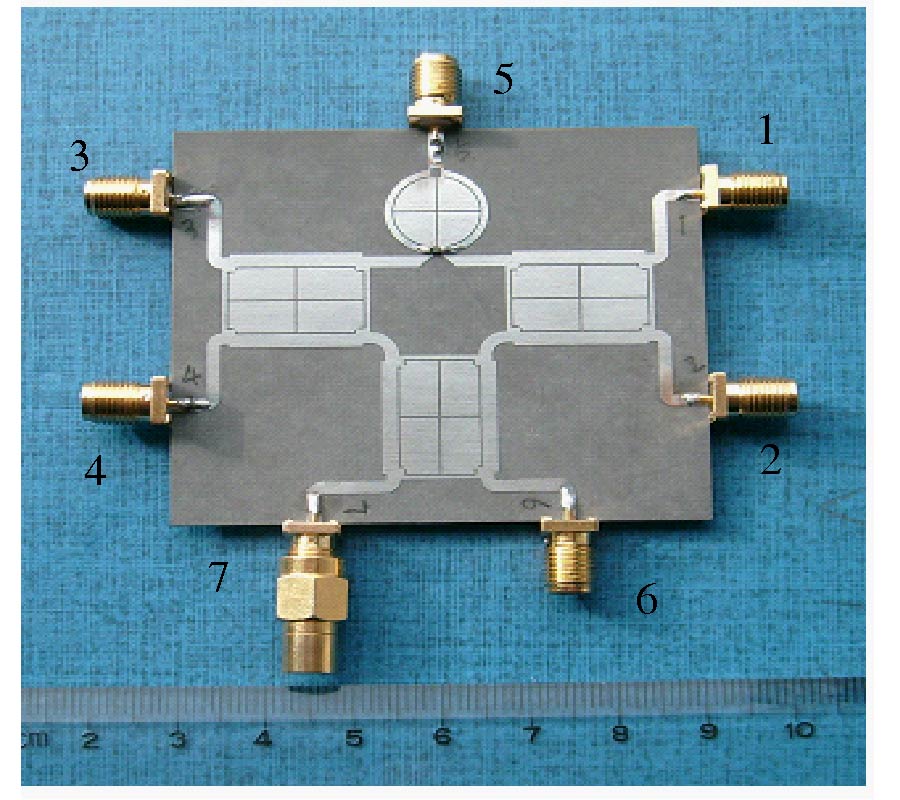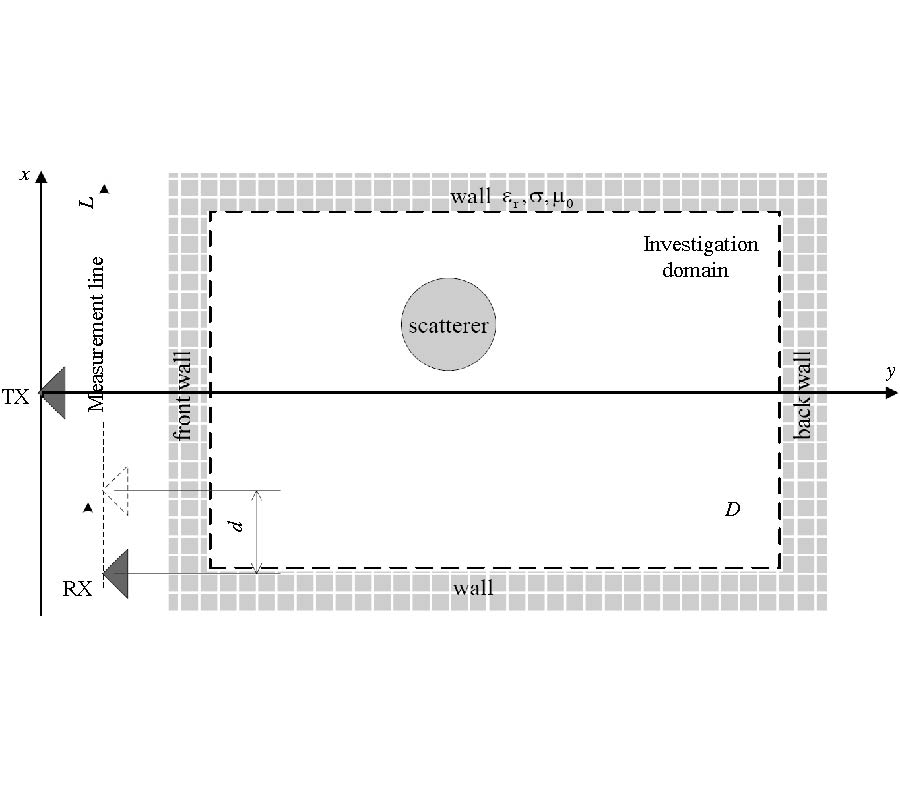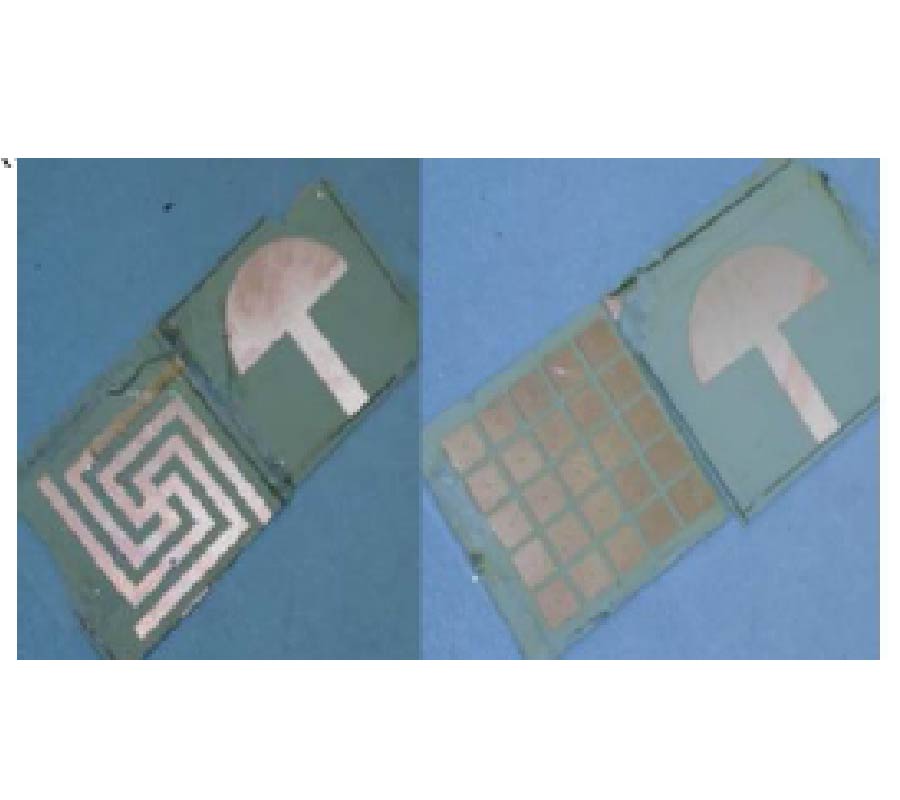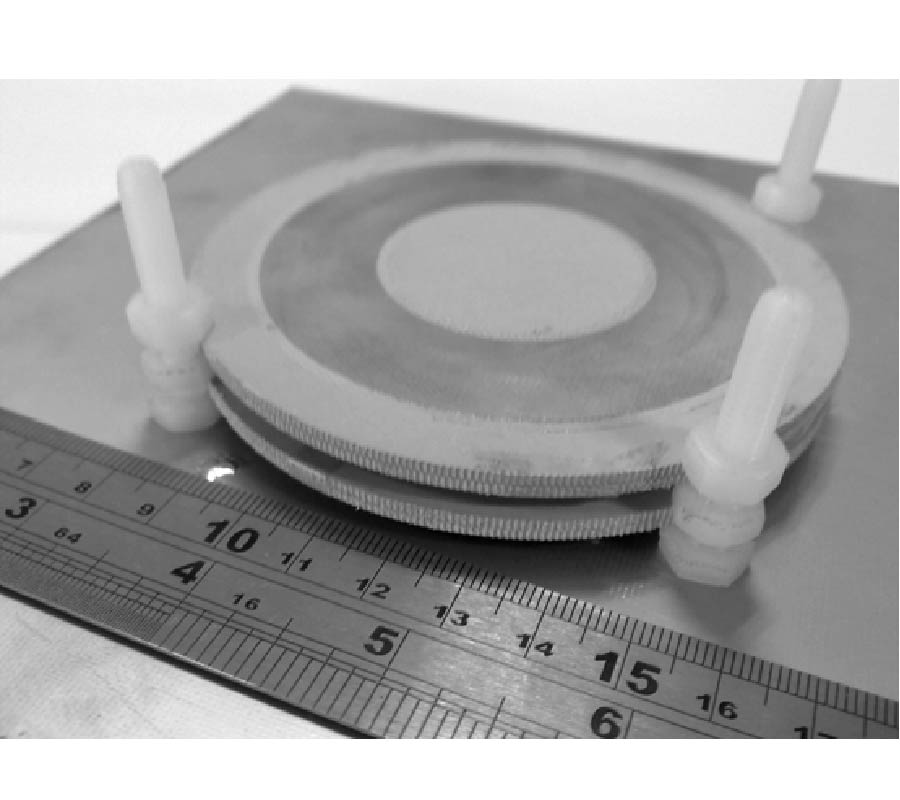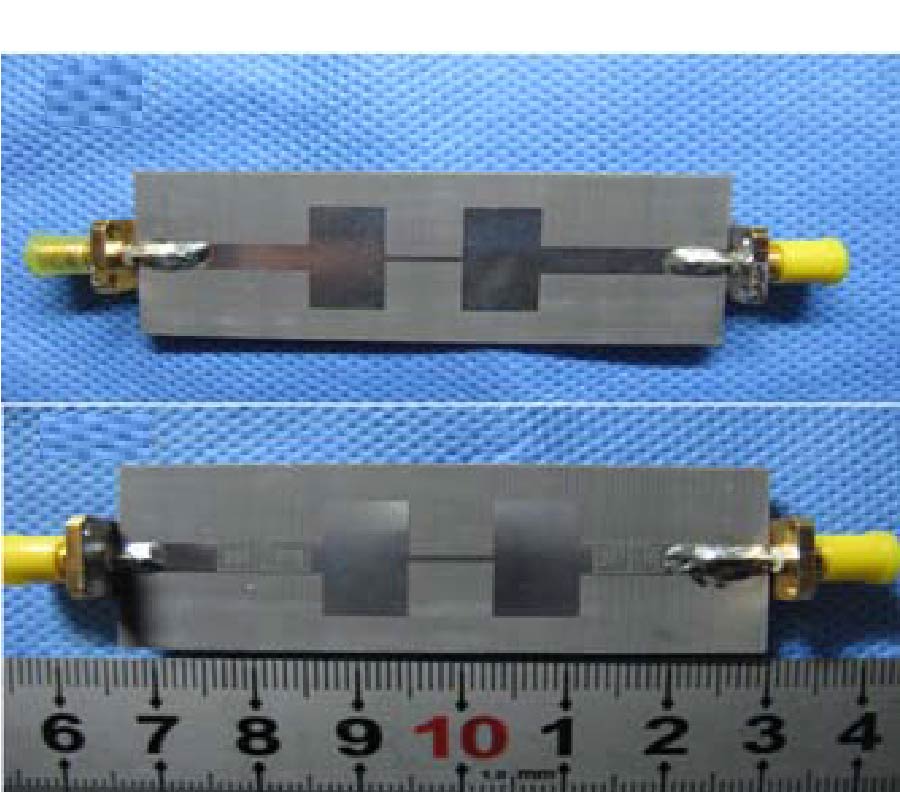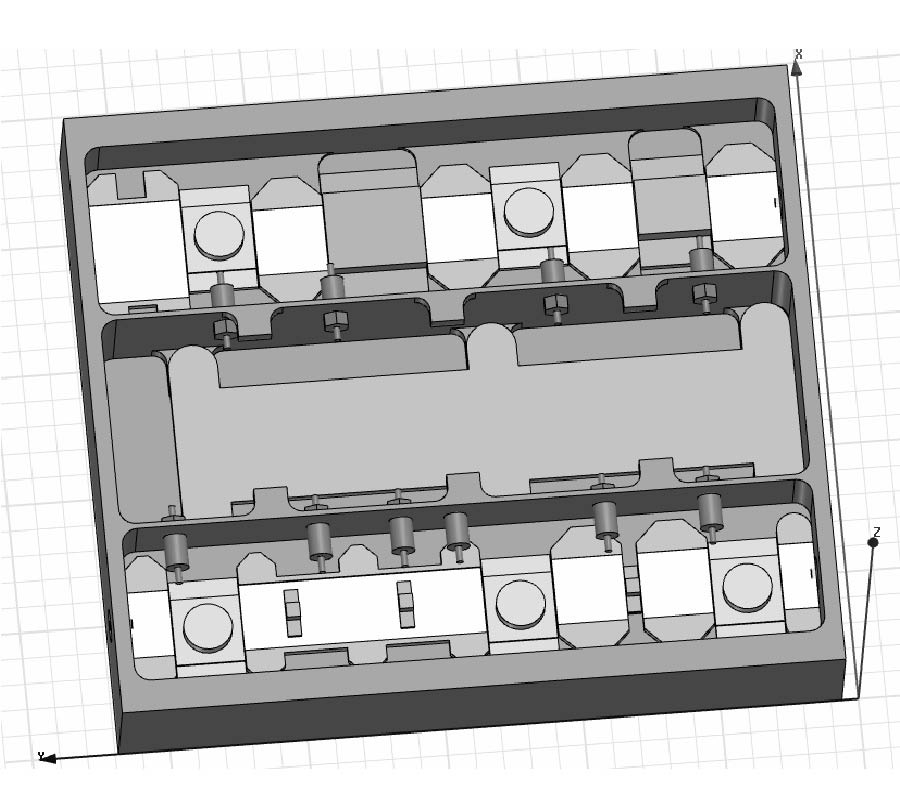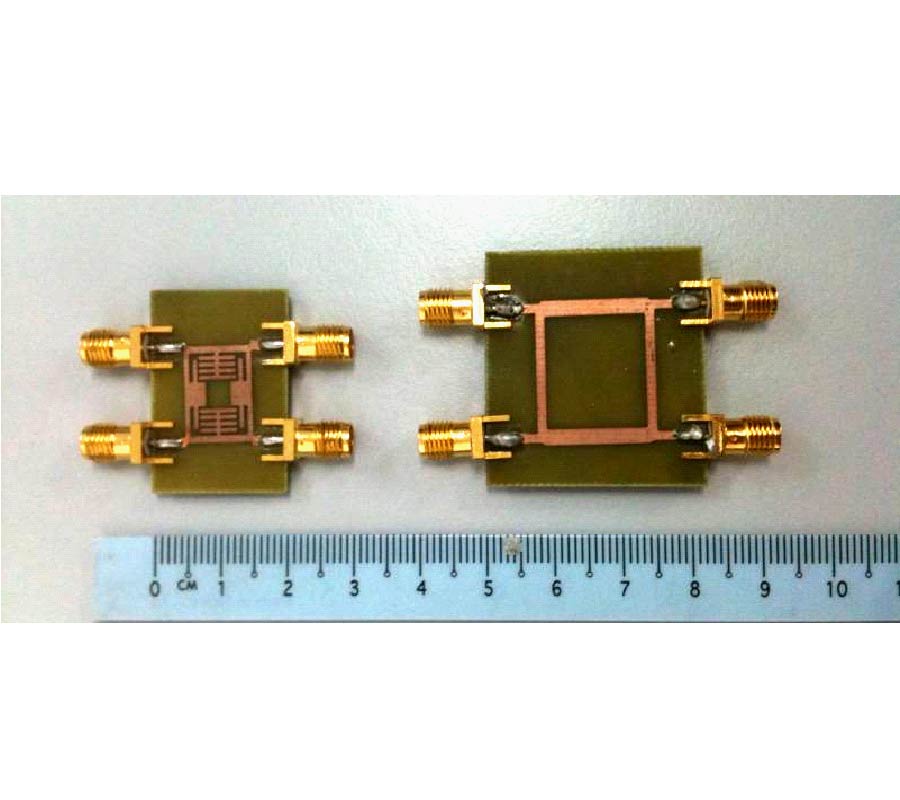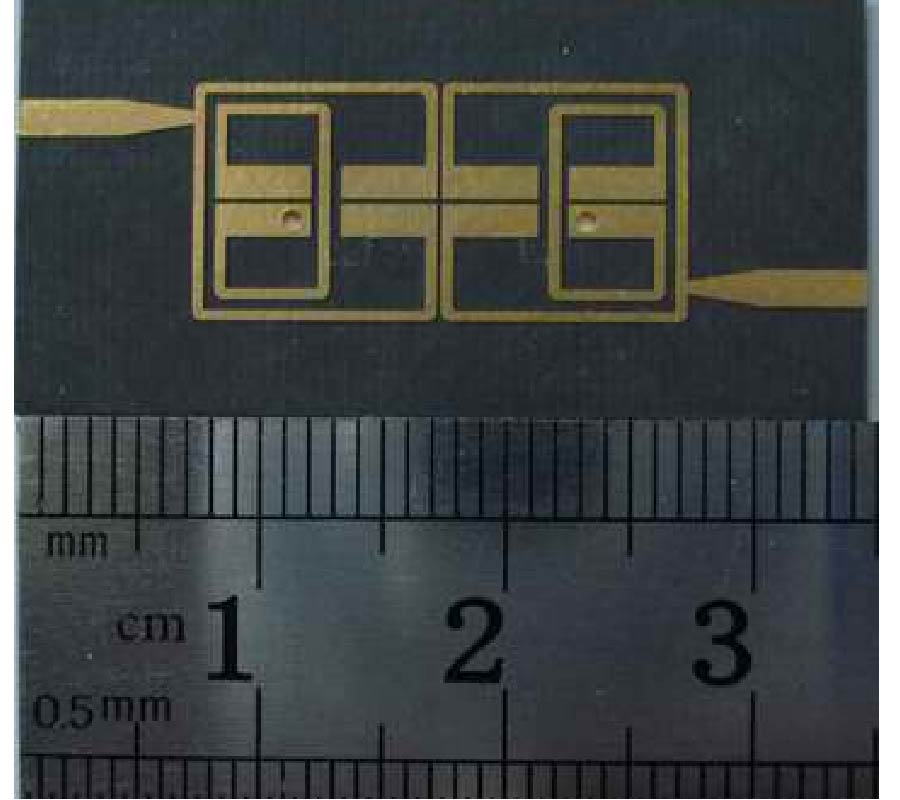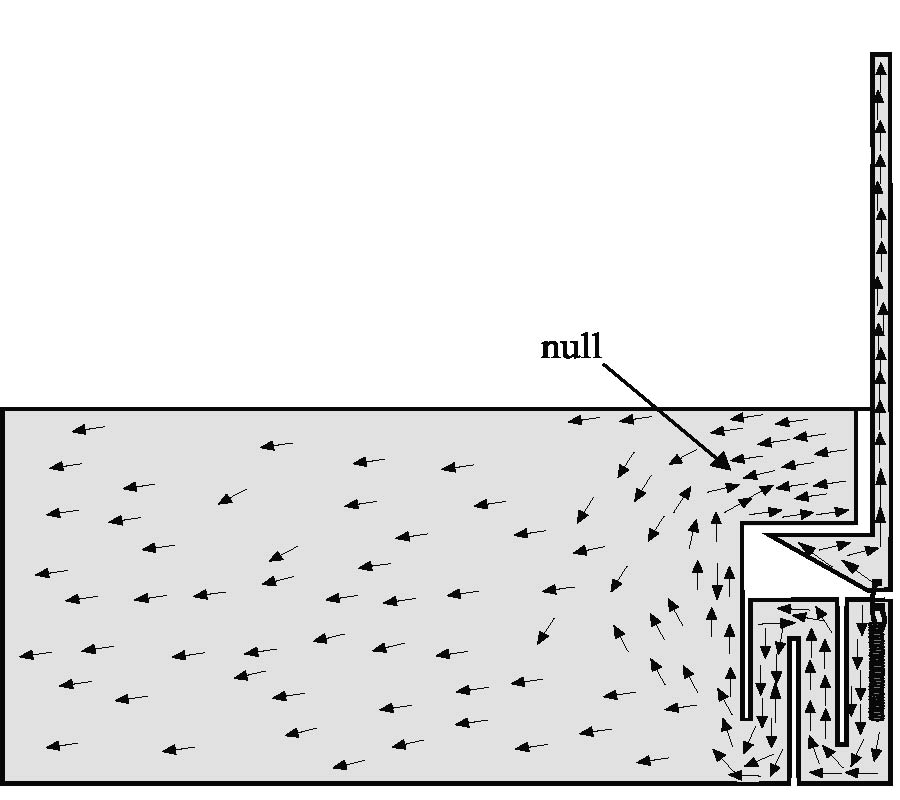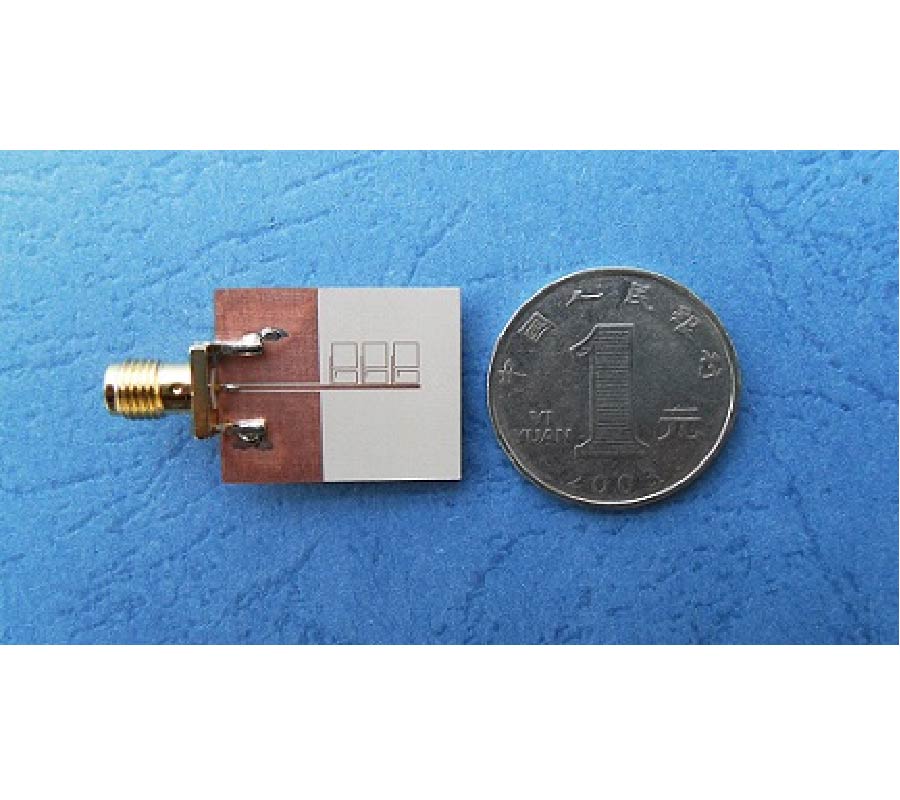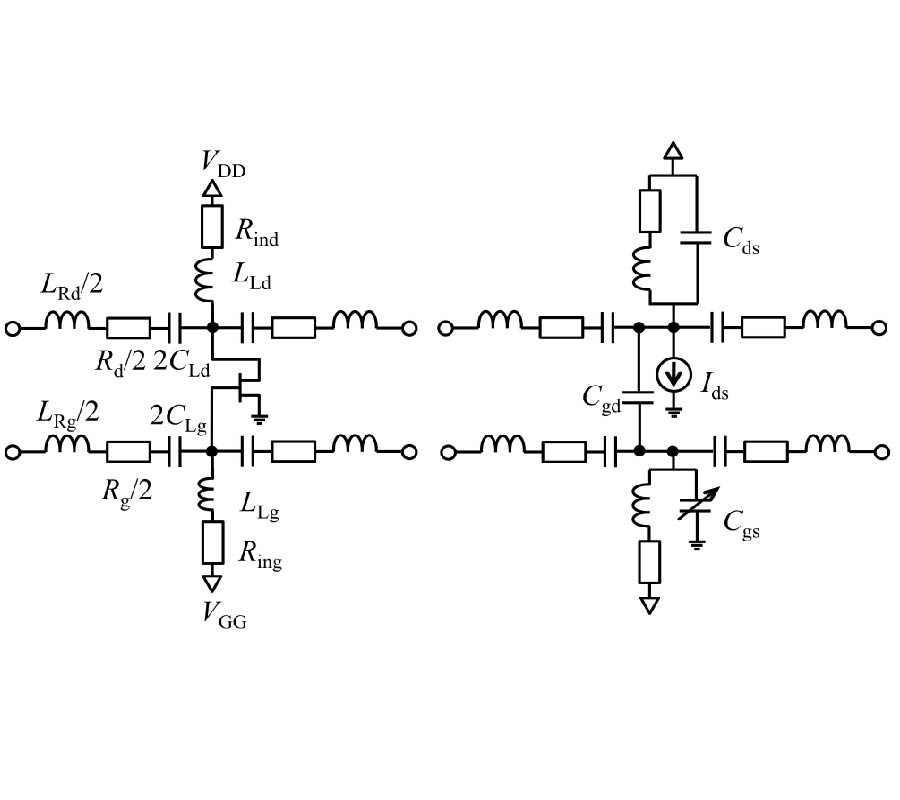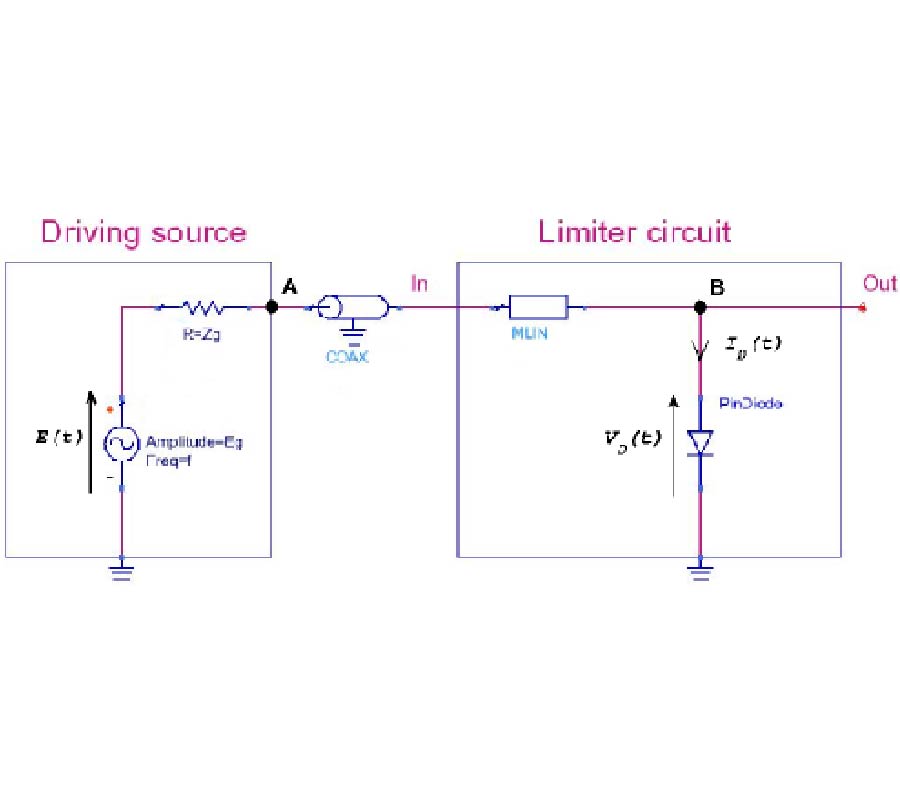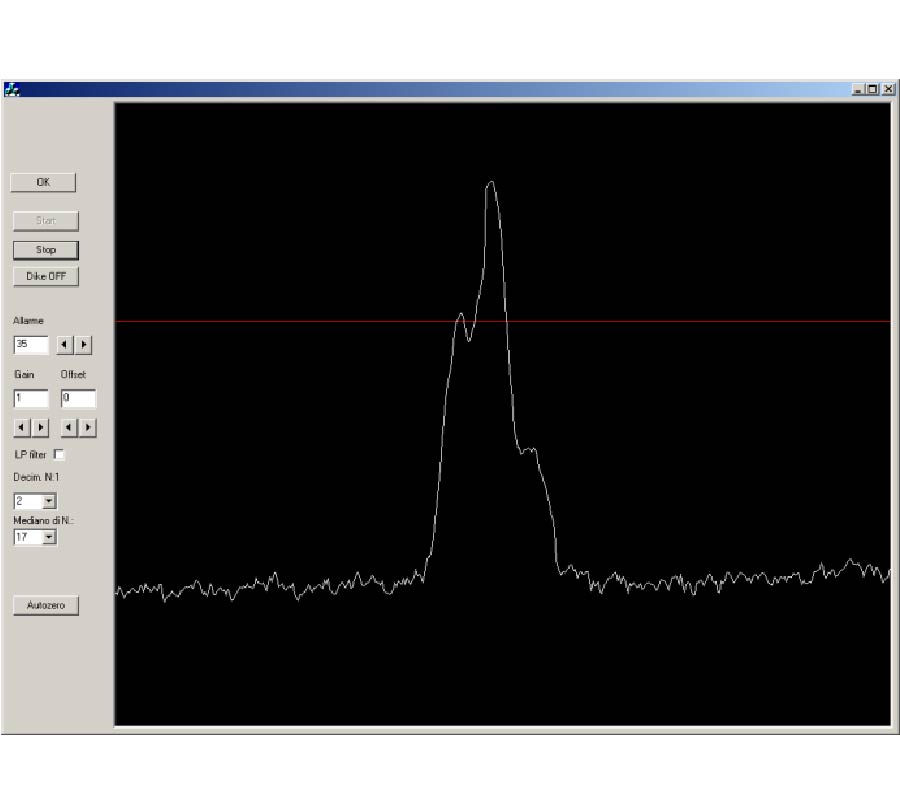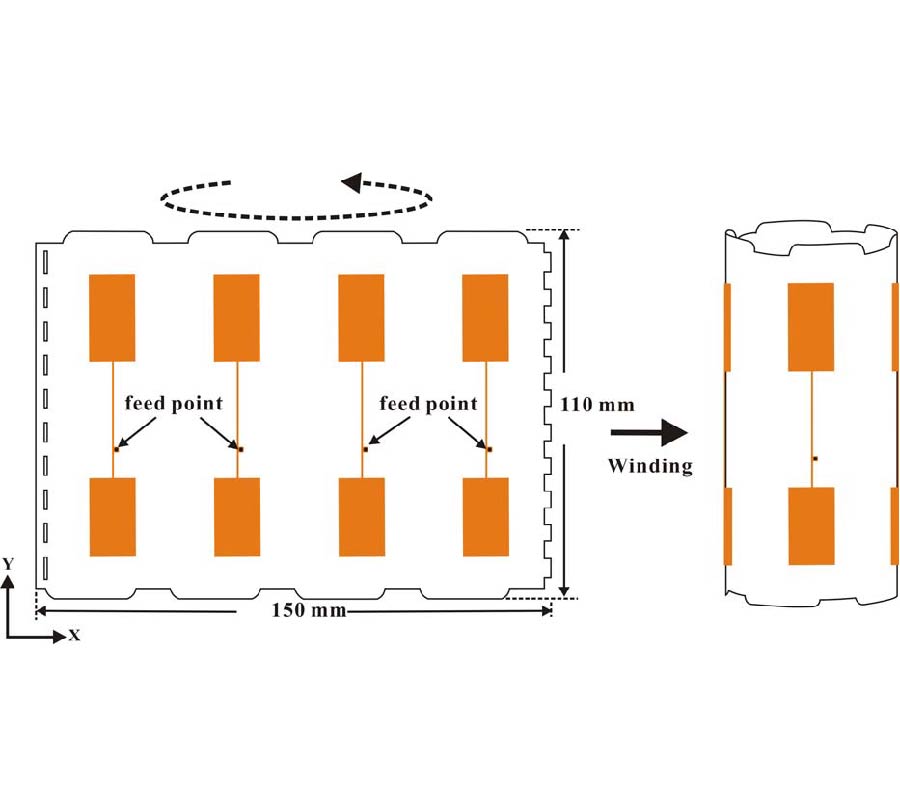C-Band Pulsed Solid State Power Amplifier for Spaceborne Applications
Jolly Dhar,
S. K. Garg,
Raj Kumar Arora,
B. V. Bakori and
S. S. Rana
The basic applications of pulsed solid state power amplifier are for airborne and spaceborne pulsed Radar and these applications have always demanded well performance over different environmental conditions. The success of the electronic systems for these applications relies on the ability to design high performance; reliable and high yield circuits, which will function against the demanded environmental specifications. This paper describes the detailed design and development of a spaceborne C-band pulsed solid state power amplifier to deliver 12-watt output power, 45 dB gain with 22 microsecond pulse width and 8% duty cycle. The salient features of this paper are drain modulated pulse driver circuit design, non-linear design of the power stages and electronic package design. The paper also describes pulsed SSPA configuration, RF section, Electronic Power Converter Module, RF design and other space aspects to realize the pulsed solid state power amplifier. It is fabricated on the three-layer metallized alumina substrate, and integrated with power converter module; and tested under simulated space environment. The test result validates the design specification of the pulsed solid state power amplifier, implemented at miniaturized configuration.
